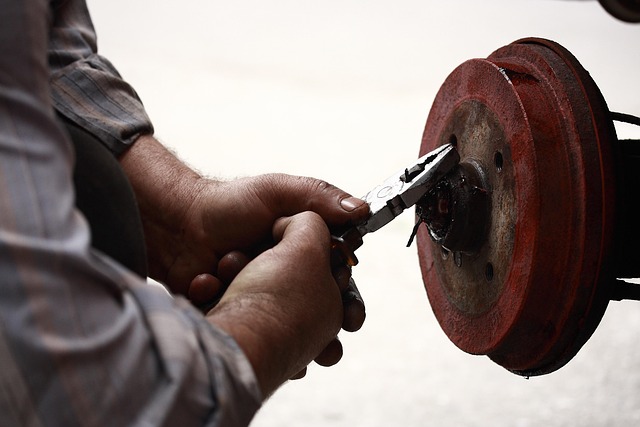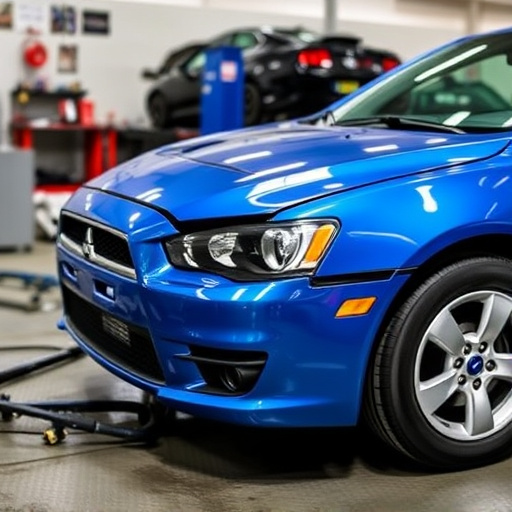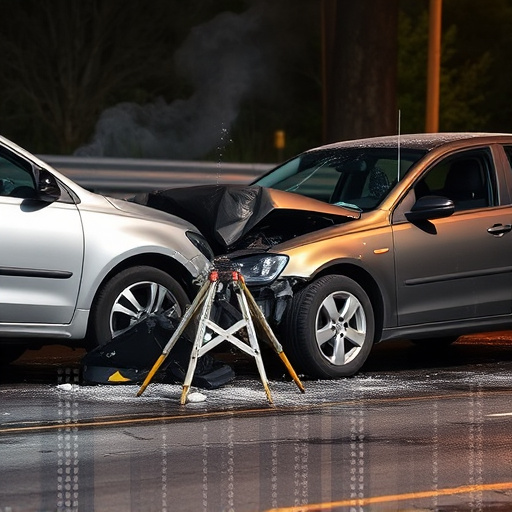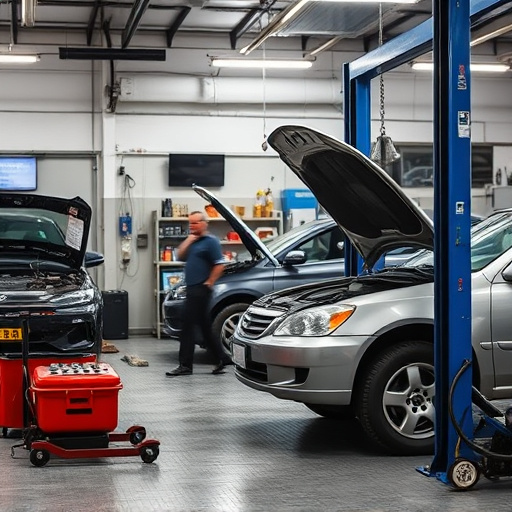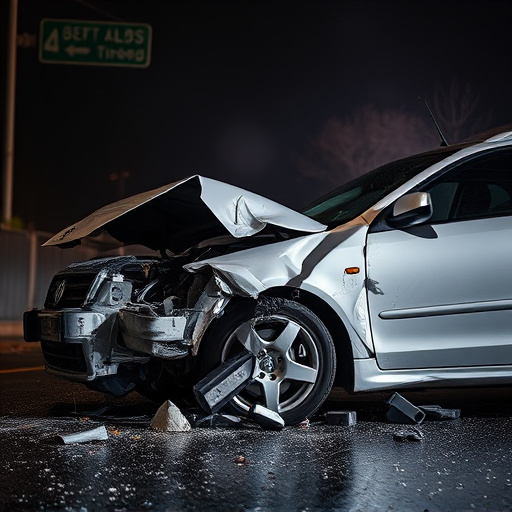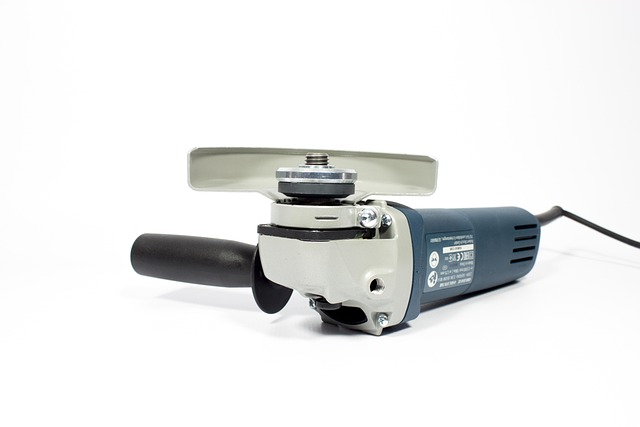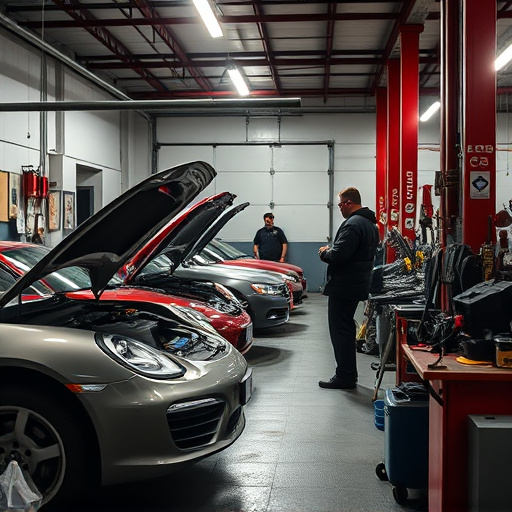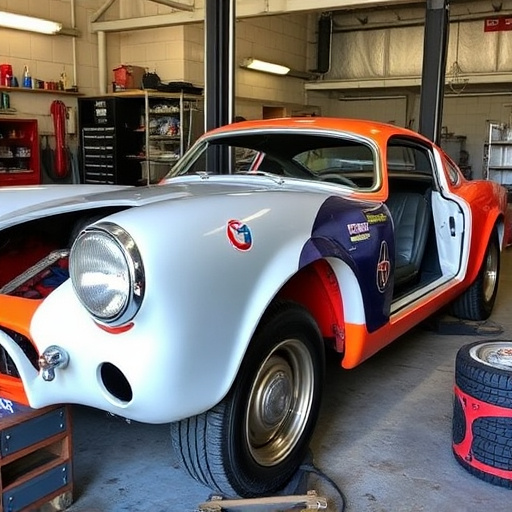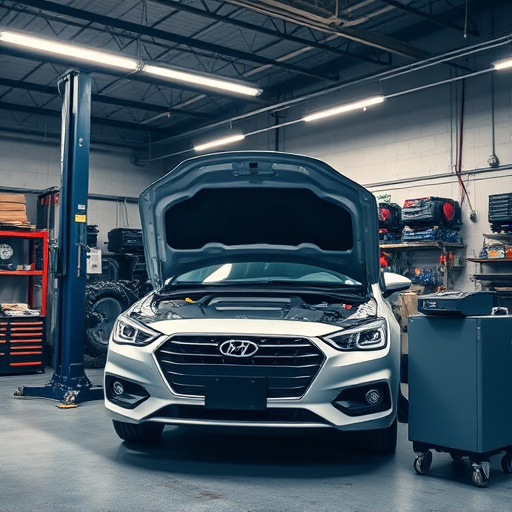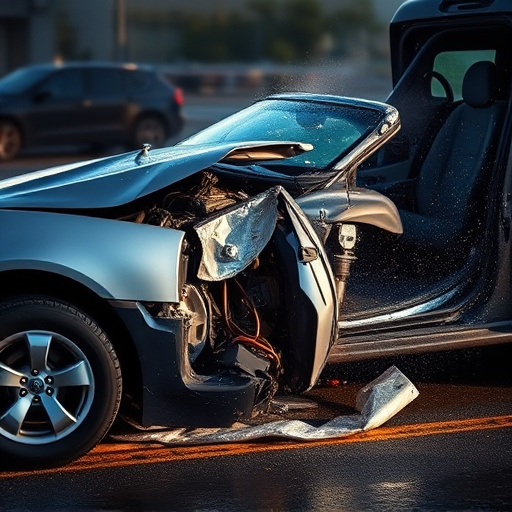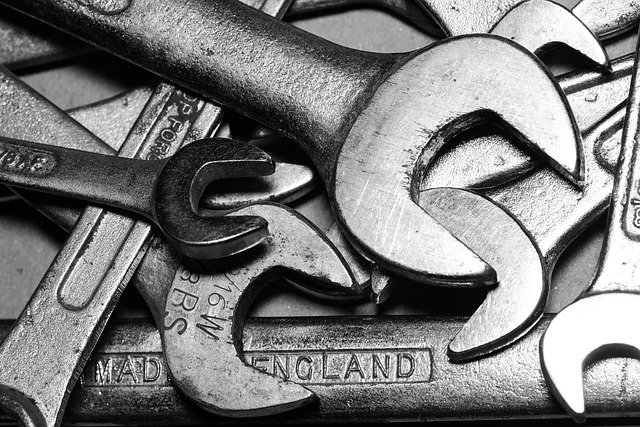Tesla collision repair turnaround times vary greatly based on damage complexity, shop capacity, technician availability, and parts sourcing. Backlogs are managed through strategic scheduling and digital tools, offering faster estimates and customer communication. Optimizing these time frames enhances owner satisfaction with collision repairs.
Tesla collision repair time frames have become a significant consideration for owners and shops alike. This article delves into the factors influencing Tesla collision repair turnaround times, exploring why backlogs occur and how to optimize wait times. By understanding the complexities of Tesla vehicle repairs, we can better navigate the scheduling challenges, ensuring efficient service without undue delays. Key insights include identifying peak demand periods, assessing parts availability, and implementing streamlined workflows.
- Understanding Tesla Collision Repair Turnaround Times
- Factors Affecting Scheduled Service Backlogs
- Optimizing Wait Times for Efficient Repairs
Understanding Tesla Collision Repair Turnaround Times

When it comes to Tesla collision repair, understanding the turnaround time is crucial for owners navigating through unexpected car damages. The repair process can vary greatly depending on several factors, including the extent of the damage, availability of replacement parts, and the complexity of the repairs required. On average, minor Tesla collisions involving simple fixes like dent removal or bumper replacements can be completed within a few hours, making it convenient for owners to squeeze these repairs into their daily schedules.
However, more severe car damage repair cases, such as extensive body work or frame straightening, often have longer Tesla collision repair time frames. These types of repairs may take several days or even weeks to complete due to the need for specialized equipment and parts. For those facing backlogs in scheduling, it’s advisable to contact their local Tesla service center early on to secure a spot, as waiting times can be significant during peak periods or when dealing with high-demand models.
Factors Affecting Scheduled Service Backlogs

Several factors contribute to backlogs in Tesla collision repair scheduling. One significant factor is the complexity of the repair itself—whether it’s a simple fender bender or a more intricate accident involving frame straightening and extensive auto glass replacement, the time required varies greatly. During peak periods or when there’s a high demand for certain services, these repairs can take longer due to shop capacity constraints.
Another influencing aspect is the availability of specialized technicians, especially those skilled in handling complex Tesla models and their unique repair needs. Shortages in qualified personnel can lead to delays. Furthermore, acquiring replacement parts specifically designed for Tesla vehicles—including specialized components for their advanced safety systems—may take time, adding another layer to the overall collision repair time frame.
Optimizing Wait Times for Efficient Repairs
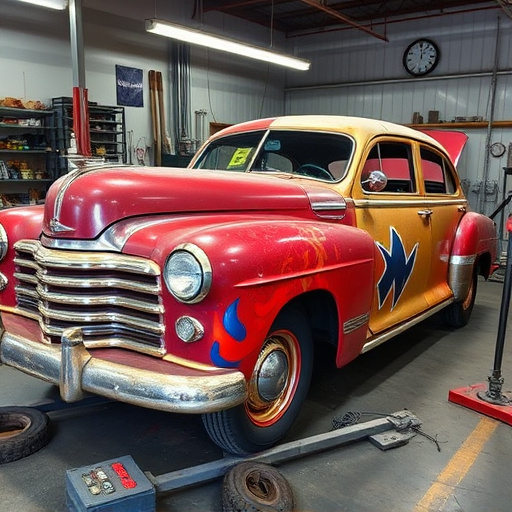
Tesla collision repair time frames can be optimized for efficiency through strategic scheduling and streamlined processes. To reduce wait times, reputable Tesla service centers implement advanced systems that prioritize repairs based on urgency and complexity. This ensures that more critical car damage repairs are addressed promptly, minimizing downtime for vehicle owners.
By integrating digital tools and automated workflows, auto body services can effectively manage backlogs. These innovations enable technicians to estimate repair durations more accurately and communicate realistic time frames to customers. Consequently, Tesla owners benefit from faster turnaround times, enhancing their overall satisfaction with the automotive collision repair process.
Tesla collision repairs, while renowned for their innovative technology, can face scheduling backlogs due to various factors. Understanding typical turnaround times and optimizing service processes are key to minimizing wait times. By addressing these aspects, Tesla owners can ensure efficient and prompt repairs, enhancing overall customer satisfaction. Remember, managing collision repair effectively is not just about speed, but also ensuring the meticulous attention required for Tesla’s advanced systems.

